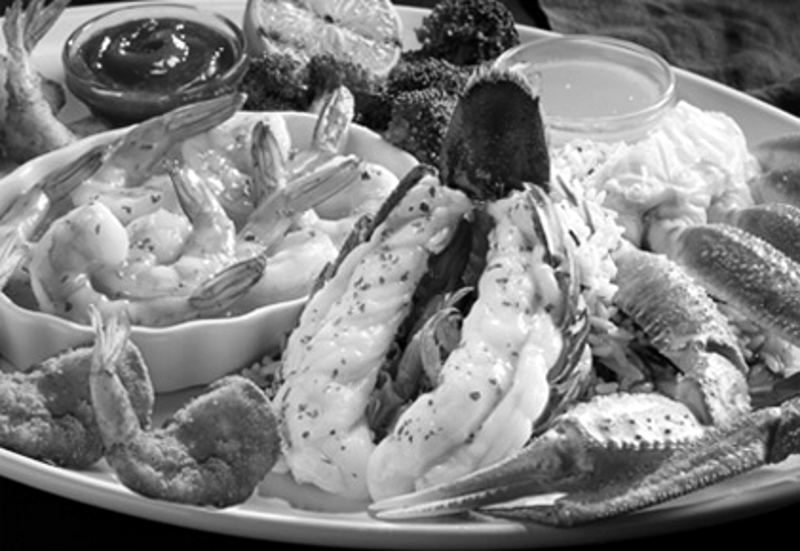Red Lobster and Inside Edition. Two names I never expected to utter in the same sentence. Or, actually, in any sentence.
I’m a knee-jerk naysayer when it comes to chain restaurants. Given options, I’ll choose an independent operator every time. But several weeks ago, at the urging of my girlfriend, we had dinner at a Red Lobster in Southern California.
As the restaurant’s name would suggest, the menu featured lobster every which way: in seafood combos, paired with a slab of red meat or fish, in a bisque, with pasta, on pizza, stuffed into mushrooms.
Since it was the house specialty, we went all in on lobster. My daughter ordered the surf and turf (at $38, the most expensive item on the menu); my partner opted for a lobster-shrimp-crab combo; and I had lobster linguine. Everything was fine, if less than memorable. And while the meal wasn’t a wallet-buster, neither was it cheap.
Today, though, I’m wondering what we ate and paid for. Or at least what I ate and paid for.
That’s where Inside Edition comes in. This week, the pop-culture news magazine ran a story that comes as close to investigative journalism as such publications ever get. The headline says it all: “A Third of Tested Restaurant Lobster Dishes Actually Contain Cheaper Seafood, Investigation Shows.”
And yes, Red Lobster was among the restaurants outed for misrepresenting lobster on its menu.
RELATED: Yelp Dubs Burbank Bakery Best U.S. Restaurant
Inside Edition took samples of the restaurant’s lobster bisque from three different locations. “One sample included only langostino, a less expensive seafood more closely related to hermit crab than lobster, and two others had a combination of langostino and lobster. The FDA told INSIDE EDITION that soup with only langostino cannot be called lobster bisque. It must be labeled as langostino lobster bisque.”
I’m confident that the so-called lobster in two of the dishes I personally sampled was in fact lobster. In both cases, the whole tail was served, so there was no disguising its provenance. But my own dish, the lobster linguine? There were chunks of lobster-like meat in the sauce, to be sure. But was it genuine lobster, or langostino, or hermit crab, or some other mystery meat-o’-the-sea? I’ll never know.
Also busted in the lobster-misrepresentation sting was Nathan’s Famous. The iconic Coney Island hot-dog purveyor’s lobster rolls were found to contain whiting, a cheap fish.
Both Red Lobster and Nathan’s defended their practices, suggesting that Inside Edition’s accusations amounted to a semantic quibble, not fraud. That strikes me as sadly disingenuous. Consumers deserve fairness and transparency: Labels matter.
If I do return to Red Lobster, I’ll be sure to order my lobster whole, or by the tail, so there’s no possibility of substituting lobster look-alike meat for the real thing. And at Nathan’s, I’ll opt for the safe bet as well: an all-beef frank, with mustard and sauerkraut.
Reader Reality Check
Do you know what’s in your lobster roll?
After 20 years working in the travel industry, and almost that long writing about it, Tim Winship knows a thing or two about travel. Follow him on Twitter @twinship.
This article first appeared on SmarterTravel.com, where Tim Winship is Editor-at-Large.


Leave a Reply